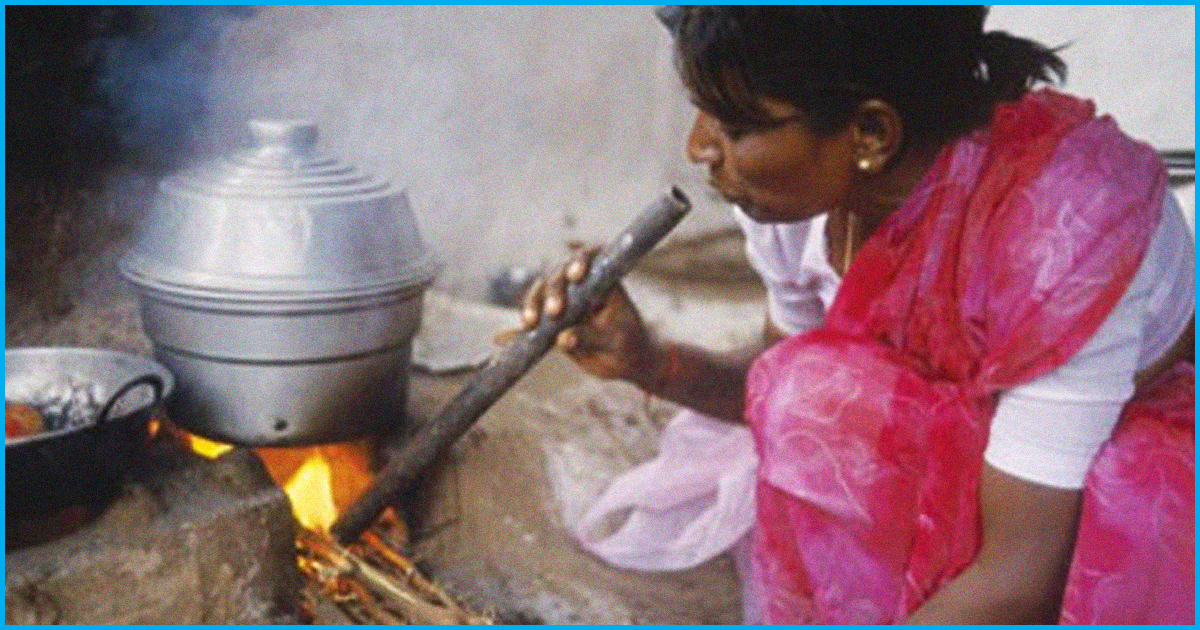As incidents of crop burning in Punjab, Haryana and other neighbouring states have stopped, it seems so for the discussion on air pollution as well. Though the debates around air pollution are often focussed on the national capital, the smaller cities are worst affected.
Out of 9.92 million deaths in India in 2017, 1.24 million were due to air pollution, says a study published in The Lancet Planetary Health on December 6, 2018. 0·67 million died from ambient particulate matter pollution and 0·48 million from household air pollution. Of these deaths attributable to air pollution, 51·4% were people younger than 70 years. 26.2% of the total global deaths due to air pollution was in India, which is disproportionate to India’s contribution of 18.1% of the total population.
This is according to the impact of air pollution on deaths, disease burden, and life expectancy across the states of India: the Global Burden of Disease Study 2017. The study is published by India State-Level Disease Burden Initiative – a joint venture of the Indian Council of Medical Research (ICMR), the Public Health Foundation of India (PHFI) and the Institute for Health Metrics and Evaluation (IHME), in collaboration with the Ministry of Health and Family Welfare, along with experts and stakeholders associated with over 100 Indian institutions.
Household air pollution
The study highlights one of the most neglected contributors to deaths in the household air pollution. Household air pollution is caused mainly by the residential burning of solid fuels for cooking and to some extent heating, the major types of which are wood, dung, agricultural residues, coal, and charcoal. The states with lower social development index had the highest deaths due to ambient air pollution and household pollution.
76·8% of the population of India was exposed to annual population-weighted mean(89·9 μg/m³) PM2·5 greater than 40 μg/m³, which is the limit recommended by the National Ambient Air Quality Standards in India.
Delhi had the highest annual population-weighted mean PM2·5 in 2017, followed by Uttar Pradesh, Bihar, and Haryana in north India, all with mean values greater than 125 μg/m³. The proportion of the population using solid fuels in India was 55·5% (54·8–56·2) in 2017, which exceeded 75% in the low social development index (SDI) states of Bihar, Jharkhand, and Odisha.
Across the states of India, the proportion of the population using solid fuels in 2017 was 42·9 times greater in the state with the highest use than in the state with the lowest use. The number of deaths attributable to household air pollution in India in 2017 was 17·6% higher for females than for males.
The disability-adjusted life years (DALY) rate attributable to air pollution in India in 2017 was much higher for lower respiratory infections than the rate attributable to tobacco use.
Household air pollution led to 482,000 deaths and 21.3 million disability-adjusted life years (DALYs)–years lost due to ill-health, disability or early death–in 2017.
Also Read: Air Pollution Killed Over 1,00,000 Indian Children Below 5 Yrs Of Age Just In 2016: WHO











